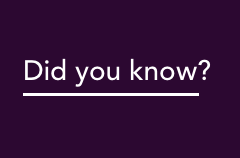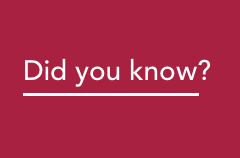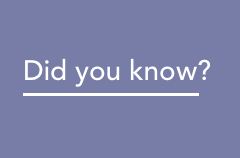2022 NEM Electricity Statement of Opportunities
The Electricity Statement of Opportunities (ESOO) provides technical and market data for the National Electricity Market (NEM) over a 10-year period to inform the planning and decision-making of market participants, new investors, and jurisdictional bodies.
The NEM ESOO incorporates AEMO’s Reliability Forecast under the Retailer Reliability Obligations (RRO).
February 2023 Update to the 2022 ESOO
Significant new relevant information has become available since AEMO released the 2022 Electricity Statement of Opportunities (ESOO) in August 2022. The February 2023 Update to the 2022 ESOO identifies numerous new developments as well as timing changes to developments underway that have affected the adequacy of supply in some regions. The Update to the 2022 ESOO provides an updated outlook of supply adequacy to 2031-32.
The 2022 ESOO presents AEMO’s outlook of supply adequacy to 2031-32.
To view reliability outcomes per region, see:
To view demand forecasts per region, see:
The Reliability Forecast and Guidelines
The implementation of the Retailer Reliability Obligation (RRO) was agreed at the Council of Australian Governments (COAG) Energy Council meeting on 26 October 2018. The necessary legislative and National Electricity Rules (NER) changes took effect on 1 July 2019.
A key component of the RRO is the calculation of a five-year reliability forecast and five-year indicative reliability forecast for each NEM region, to be published in the ESOO. If the reliability forecast identifies a material reliability gap in the required timeframes, AEMO will submit a reliability instrument request to the Australian Energy Regulator (AER).
The Reliability Standard Implementation Guidelines describe how AEMO implements the reliability standard across its reliability processes, including the approach and assumptions in relation to the ESOO.
The ESOO and Reliability Forecast methodology document explains the types of inputs and key methodologies used to calculate expected USE outcomes and details how the reliability gap period and reliability gap are determined.
Based on the reliability gaps reported in the 2022 ESOO, AEMO is requesting the AER to consider making reliability instruments for New South Wales in 2025-26 and South Australia in 2023-24.
-
31/08/2021
Reliability Forecast Guidelines
892.01 KB -
31/08/2022
ESOO and Reliability Forecast Methodology Document
888.45 KB -
31/08/2022
ESOO and Reliability Forecast Methodology Document (track changes)
727.48 KB -
31/08/2022
Reliability Instrument Request NSW T-3
641.49 KB -
31/08/2022
Reliability Instrument Request SA T-1
664.1 KB
Further detail on AEMO’s Forecasting Approach is available here
2022 ESOO inputs and assumptions
For the purpose of the National Electricity Rules Clause 3.13.3A(a), in addition to the ESOO and accompanying documents published on this page, the following information should be considered part of the 2022 ESOO:
Note that the 2022 Forecasting Assumptions Update and Forecasting Assumptions Workbook may contain information in addition to that applied in the 2022 ESOO. This information may instead be used for other forecasting and planning purposes, such as the Integrated System Plan. Refer Section 1.1 of the 2022 ESOO for what sections of the 2022 FAU apply to the ESOO for reliability forecast purposes.
Consultant reports supporting the development of the 2022 Forecasting Assumptions Update:
-
2022 ESOO Model
-
31/08/2022
Model Instructions 2022 ESOO
552.64 KB -
31/08/2022
2022 ESOO Model
8.39 MB -
31/08/2022
2022 Rating POE10
241.47 MB -
31/08/2022
2022 Rating POE50
238.3 MB -
31/08/2022
2022 OPSO
182.64 MB -
31/08/2022
2022 OPSO PVLITE
181.2 MB -
31/08/2022
2022 PV_TOT
101.73 MB -
31/08/2022
2022 Solar A-L
338.7 MB -
31/08/2022
2022 Solar M-Z
323.82 MB -
31/08/2022
2022 Timeslices
74.89 KB -
31/08/2022
2022 Wind A-L
321.71 MB -
31/08/2022
2022 Wind M-Z
243.75 MB
-






